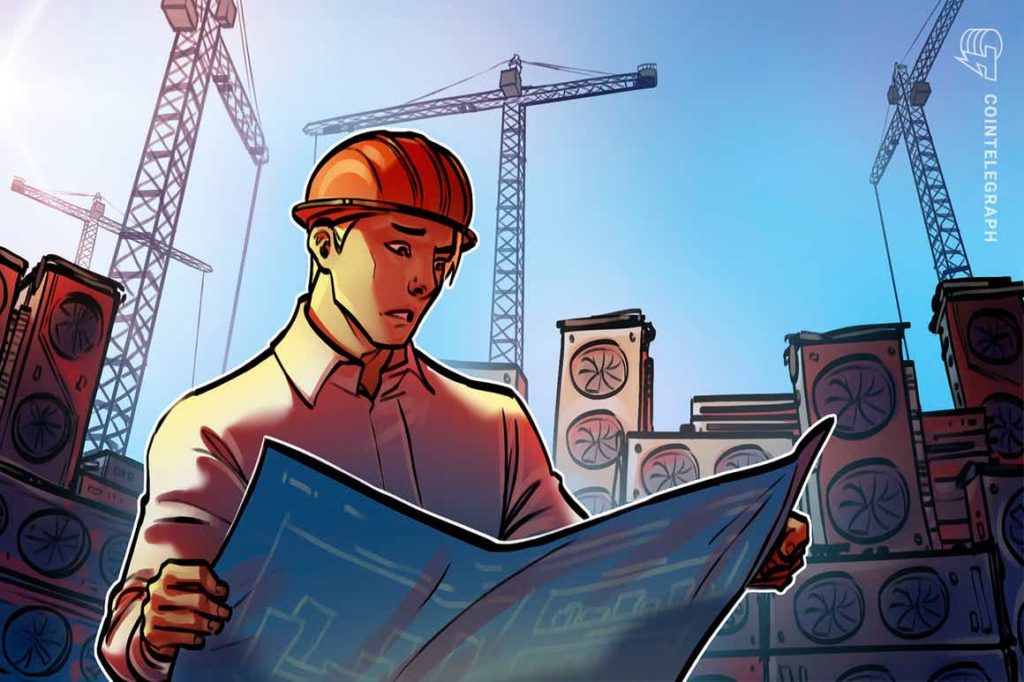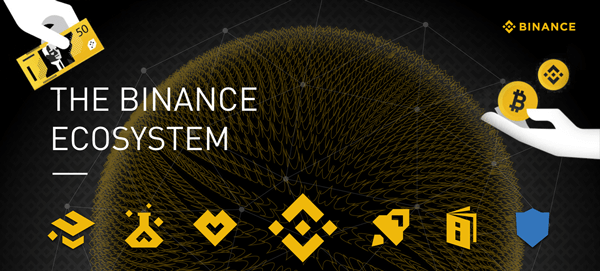It all started with mining Bitcoin (BTC) in a dorm room. What started as a hobby with a few mining rigs scaled into twenty industry-scale mining farms across the globe. Because we scaled our operations in a new industry, we had to discover what worked and what didn’t through trial and error — because there’s no handbook for this.
Building a multi-site, scaled operation like ours isn’t easy, but if you’re looking to start your mining operations, scale what you have, or invest in a mining company, here are the seven biggest lessons we learned to help you navigate your next moves.
Related: How to mine Bitcoin: A beginners guide to mine BTC
Lesson 1: It takes (a lot of) money to make money
There was a time when you could mine Bitcoin from a laptop, or set up some mining rigs in your room and mine, profitably. But once more miners created more competition and those who wanted to stay profitable had to scale their operations.
Soon a hobby miner couldn’t keep up with mining in a dorm room but needed a warehouse — or warehouses — full of mining rigs running day and night to stay profitable. We scaled with the industry and bootstrapped our growth as we went, but those wanting to join today no longer have the option of starting at the bottom and working their way up. That means investing in capital-intensive projects from the get-go.

Lesson 2: Establish long-term relationships
While the Bitcoin mining industry has been growing quickly, it’s still very much consolidated with only a few key players holding the power. For example, a large-scale mining operation can’t simply just order new hardware from whatever vendor they want.
There are only a few vendors supplying hardware at this point, and their production cycles are based on just a few chip manufacturers who are tightly controlling the supply — not to mention that we’re currently in a global chip shortage. This means that success relies not just on efficient and well-run operations but on building relationships in the industry, many of which will be for the long term.
Lesson 3: Obsess over operational efficiency
Speaking of operational efficiency, large-scale miners stay profitable when they have the edge over their competitors. This means optimizing electricity, having the most up-to-date hardware, and not having any downtime or issues that would cause a loss of computing power.
Make operational efficiency a priority. For example, in March 2020, when Bitcoin dropped below $4,000, many miners couldn’t survive the uncertainty and volatility, and were forced out — yet we survived due to our operational efficiency.
Lesson 4: Never stop innovating
The adage is “innovate or die.” In Bitcoin mining, where data centers have to stay powerful and fast to stay profitable, there’s no option but to keep innovating. Most importantly, this means keeping your equipment updated and not letting it get obsolete. Mining operations need to plan ahead to replace equipment and time it correctly as hardware may be on backorder for a while. Remember that any type of downtime will cost you.
Innovation also means creating better, more efficient ways for your company to run, like creating software programs specifically designed for mining operations management. In this industry, technology will give you the edge, and even the smallest improvement will keep you ahead of your competition.
Lesson 5: Choose your location wisely
“Location, location, location,” they say. Even though Bitcoin can be mined anywhere, large-scale mining operations need to consider their location when setting up shop for a variety of reasons. Not all locations will offer the same sources of electricity for the same prices, so miners need to find locations that not only have abundant, cheap electricity but to ensure that that electricity is green and sustainable as well.
Related: Clearing the air: Renewably sourced Bitcoin may ensure a clean energy future
Finally, go to a location that’s encouraging of Bitcoin miners, where you know political winds won’t shift overnight and shut down all operations will be shut down, like they were recently in China and Iran.

Lesson 6: Time is money
I’ve said it already, but time really is money, and any downtime or lag in computing power can be costly. This means having great operational control over hardware upgrades, a plan for serving mining rigs, and software that can manage operations efficiently. It also means getting creative: In 2015, we knew that having to wait months for mining hardware shipments was going to cut into our revenue. So we rented 747s to get the machines to us quicker, which allowed us to generate millions in extra revenue that would’ve been lost due to standard shipping.
These are the types of calculated moves you have to not only be willing to take but be knowledgeable enough about your operations to know to take.
Lesson 7: Scale is everything
Finally, scale is everything. I said before that you can no longer start at the bottom and work your way up. The race instead is to be as big as you can because scale is directly correlated with revenue: The larger you are, the more profit you make.
Building forward
The term “bigger, better, faster” really does apply to Bitcoin mining, so if you’re not ready to strategize, invest time and money, problem solve, and take risks, then another industry may be for you.
There are many more lessons that we’ve learned, and plenty of lessons that we’ll learn in the years to come. Today, we’ll continue to build this new industry that’s already creating a future of decentralized currency and new ways to exchange value throughout the world.
This article does not contain investment advice or recommendations. Every investment and trading move involves risk, and readers should conduct their own research when making a decision.
The views, thoughts and opinions expressed here are the author’s alone and do not necessarily reflect or represent the views and opinions of Cointelegraph.
Marco Streng is the CEO and a co-founder of Genesis Group and Genesis Mining — one of the largest crypto mining companies in the world. Prior to co-founding Genesis in 2013 and becoming an impassioned advocate for blockchain technology and cryptocurrencies, Marco studied mathematics at the Ludwig-Maximilian University of Munich.





